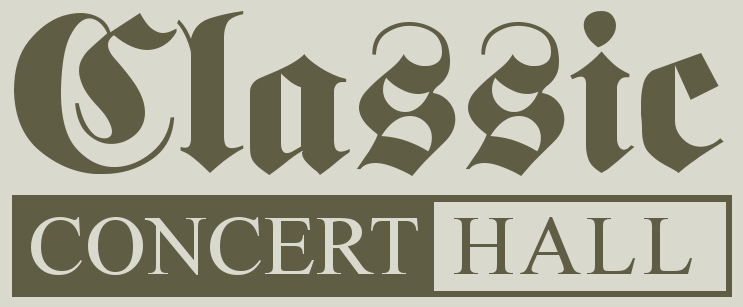|
Comments (7)
Comment on this music
Login/Register to post a comment.
|
Obra quinto tono
Uploaded by: DominiqueD
Composer: Francisco VILAR (b. ?- d 1770) Organ: 1776 Tadeo Ortega, Capillas, Spain Software: Hauptwerk VII Views: 95
Elevazione in Re (10)
Uploaded by: alberto63
Composer: Padre Narciso da Milano Organ: 1684 García-Martínez, Frechilla, Spain Software: Hauptwerk IV Views: 37
|
Uploaded by:
|
EdoL (08/10/17)

|
|
Composer:
|
Correa de Arauxo, Francisco 
|
|
Sample Producer:
|
OrganArt Media 
|
|
Sample Set:
|
1684 García-Martínez, Frechilla, Spain

|
| Software: | Hauptwerk IV |
| Genre: | Medieval and Renaissance |
| Description: | Francisco Correa de Araujo (or Arauxo, or Acebedo) (1584–1654) was a Spanish organist, composer, and theorist of the late Renaissance.
Correa's compositions take advantage of all the devices available to Spanish organists of the time, most notably the medio registro, or divided keyboard, an innovation unique to the Iberian peninsula which appeared towards the end of the 16th century, while his theoretical writings give great insight into his ideas of harmony and counterpoint.
His Libro de tientos contains 69 works, of which 62 are tientos, ordered by increasing levels of difficulty - an indication that the purpose behind this work was at least partly pedagogical.
By way of contrast with the works of his Portuguese contemporary, Coelho, Correa's works are considerably shorter and show a stronger tendency towards monothematicism. He employs virtuosic figurations (the so-called glosa) in his works to a much greater extent, often at the expense of contrapuntal development; after the initial exposition, restatements of the theme are rare, and thematic development and use of contrapuntal devices such as inversion or augmentation are almost non-existent.
Correa's harmonic language, while not devoid of tonally suggestive progressions, is quite distinctly modal and represents a continuation of the idiom established by Cabezón and Aguilera de Heredia.
The music of Correa is not devoid of innovation. Correa makes use of many devices unique to Spanish organ music of this period: unusual sonorities such as the augmented triad, unusual rhythmic groupings, and a notable dissonance which he vigorously defends, referred to as punto intenso contra remisso: the simultaneous sounding of a note and its chromatic alteration (e.g., C and C#). The theoretical aspect of this work also discusses ornamentation, notes inegales, registration, and use of the different modes and key signatures. |
| Performance: | Live |
| Recorded in: | Stereo |
| Playlists: |
|
|
Options:
|
 Sign up today to download piece. Sign up today to download piece.
 Login or Register to Subscribe Login or Register to Subscribe
 See what EdoL used to make this recording See what EdoL used to make this recording
|
| |
|
Attachments:
|
- Please Log in to download.
- Please Log in to download.
- Please Log in to download.
|
|
|



